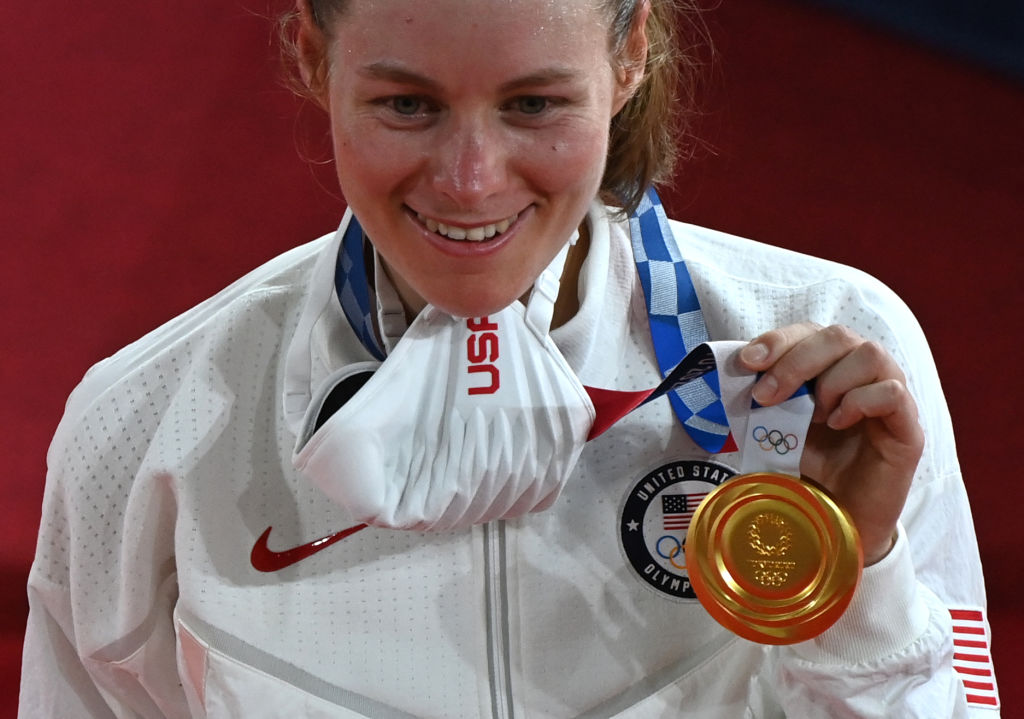
Cycling at the Olympic Games has evolved over time, with the modern programme offering two sets of coveted Olympic medals in road cycling, six in track cycling and one in mountain bike cross country for both men and women.
In the first modern Olympic Games in 1896, there was a men's road race and track sprint along with five now-antiquated track cycling events. The individual time trial first appeared in the 1912 Olympics but was replaced by a team time trial from 1960-1992 before it reappeared in 1996.
Men's track cycling had numerous events that came and went. Of the modern events, the team pursuit started in 1908 (not held in 1912), while the Keirin, Madison and team sprint were added in 2000. The newest discipline, the Omnium, replaced the other mass-start races in 2012.
Women's Olympic cycling events were added in 1984, with a road race. Women's track cycling came in 1988 with an individual sprint.
Men and women competed in the points race, individual pursuit and time trial on the track before the Omnium incorporated these disciplines plus a scratch race and flying lap in 2012. The programme was changed in 2016 to four mass-start events, the scratch race, points race, tempo race and elimination race.
The cycling programme reached near parity for men and women in 2016. The Paris Olympics will mark the first time in history that cycling will have the same number of athletes for men and women across all disciplines with a massive reduction in the peloton's size for the men's road race.
The road races will have 90 athletes, the individual time trial 35.
Mountain biking, first introduced in 1996, is contested by 36 athletes for each men's and women's races.
Track cycling includes 24 team sprint athletes for men and women and 40 team pursuit riders. In the Madison, 15 teams of two athletes take part for a total of 30 riders. Thirty athletes take part in the individual sprint and Keirin, and 22 in the Omnium.







